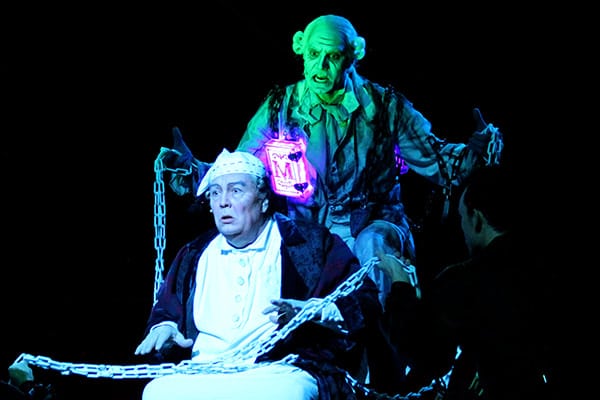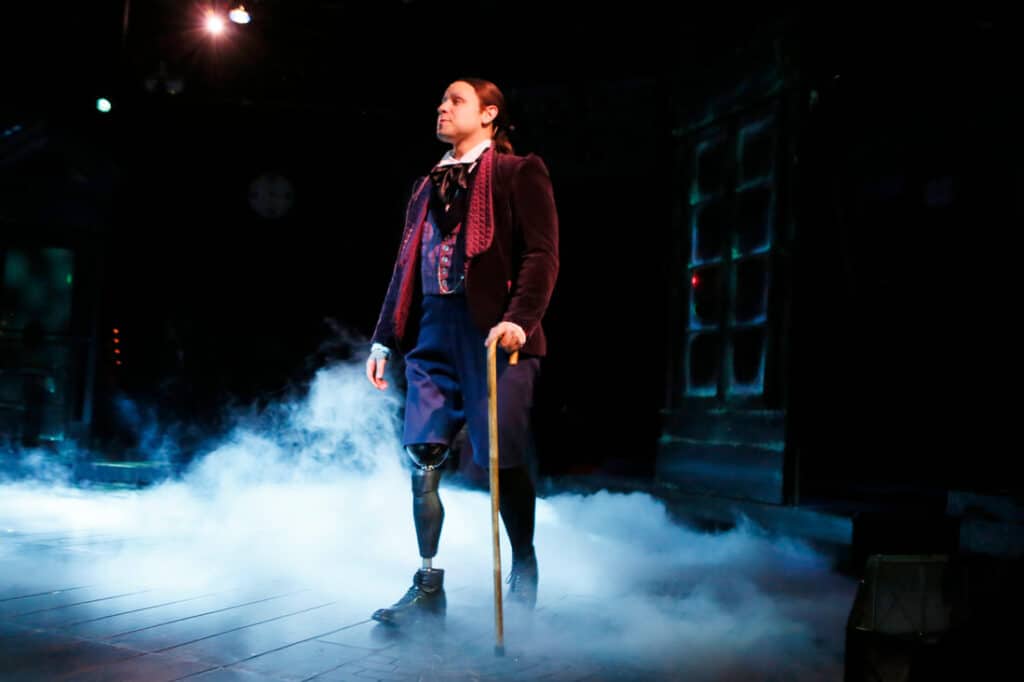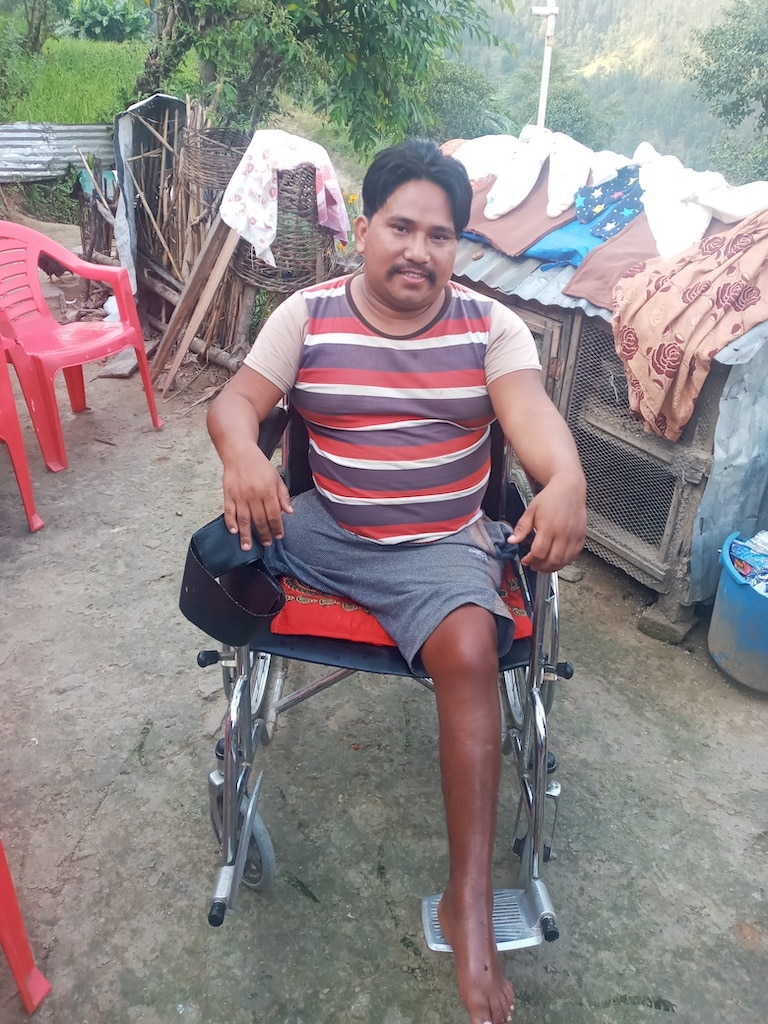Remembering Legendary Leaders
It’s been a sad couple of years, made sadder today by blogging at the first of the new year about the loss of two incredible leaders in our global hemophilia community, one in the US and one in Pakistan, gone in as many weeks. I’ll write tonight about the loss of Val Bias, the first leader in the hemophilia community I ever met, who made a lasting impression on me.
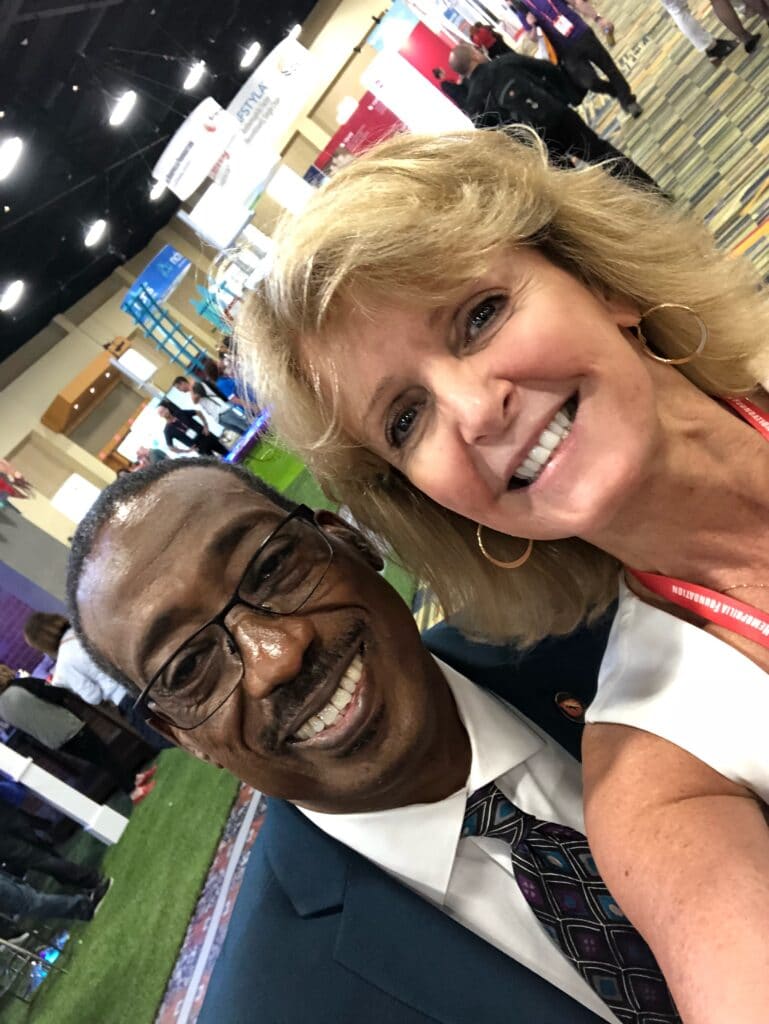
Val Bias was an icon in the US hemophilia community, an unmistakable presence with his dazzling smile and hearty laugh, who possessed charm but purpose, intelligence but an everyman, relaxed posture, a polished speaker who could also sit back and listen deeply. His goal was ultimately to channel his own pain and suffering, of which there was much, into something for the greater good. He was relentless, and successful, in that goal.
I first met Val during my first National Hemophilia Meeting in 1992. I was the mother of a 5-year-old with hemophilia who had just written my first book, Raising a Child with Hemophilia. I knew about HIV and vaguely what was happening to our community, but … not really. Wrapped up in my own non-HIV world, trying to figure out my place in the community, I watched with horror as a room full of patients, parents and advocates began to rip one another apart over what was happening in the community. People were furious at NHF for their lack of leadership, for advising patients to keep taking their medicine. A patient-led group had formed and stood up, shouting and threatening. Suddenly, one clear, commanding voice boomed: “Everyone, sit down and calm down.” I looked around to see who had this voice, this presence, this leadership. It was a handsome man on the podium, who seemed to be the only one with a rational expression and the only one not afraid. Val Bias.

He was famous already in the community for being executive director of the Hemophilia Council of California, a lobbyist for NHF in Washington DC, and president of the board of the Hemophilia Foundation of Northern California. He was an active camp counselor, mentoring the boys with hemophilia. What amazed me most about him was his role in helping get the Ricky Ray Hemophilia Relief Fund Act of 1998 passed. This act allowed monetary compensation for those infected with HIV who have hemophilia.
Later, Val became the first African-American leader of NHF and one of the first patients to become a leader in NHF. His presence was galvanizing and he made impactful structural changes, which required great risks.
The tributes and condolences are pouring in on Facebook but this one, from our mutual friend and colleague, Dana Kuhn, a particularly close friend of Val’s, hit me the most:
“The pandemic of HIV called for a change in narrative of the national organization [NHF]. [A] group of 5 men realized it was their responsibility to teach men with HIV how to protect women from HIV infection and empower men to educate others to become leaders in their communities. These 5 men convinced NHF to create the Men’s Advocacy Network of the NHF (MANN) which brought altering changes to NHF. The change was strategically training and placing men with hemophilia in places of leadership. As a result, Val became chairman of the Board of Directors of the NHF, and Glenn Pierce became president of NHF. Many of us became directors on the NHF Board. Under new leadership the organization began to work through the decisions and responsibilities of the HIV pandemic in the hemophilia community. With the leadership of Val Bias, positive change was made. The community was unified to work on the Ricky Ray Hemophilia Relief Fund Act of 1995. New, improved and safer hemophilia products were coaxed into coming to market. The safety of the Nation’s blood supply became a priority especially through blood/plasma collection processes. Government agencies and Cabinet level committees accepted hemophilia consumer members to these positions turning a listening ear to their concerns and perspectives. NHF created initiatives under Val Bias and Donald Colburn challenging the raising of funds for research in gene therapy for a CURE. Under Val’s leadership ‘Chapter Development’ was made a priority and programs were implemented. Chapters became stronger and more universally developed. I could go on with much more.
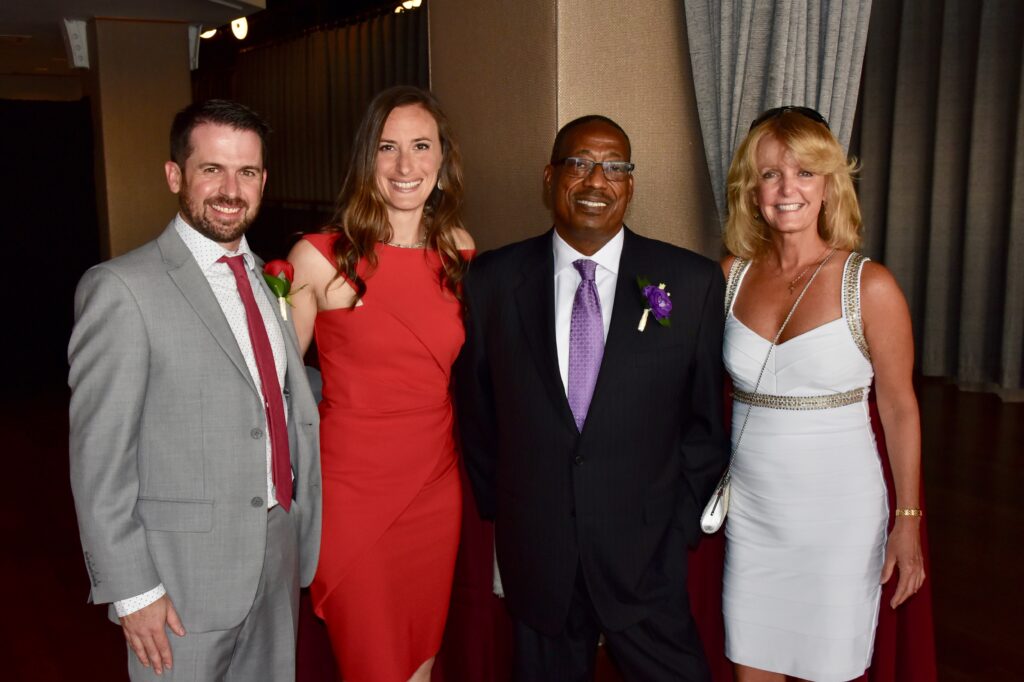
“However, how can I impress upon the bleeding disorders community the passion and compassion this leader had for his community and the awesome change he facilitated coming out of NHF’s challenges with the HIV pandemic. We need to honor this leader and the work he accomplished to help make this community better. The NHF Board and leadership, the Chapters, Youth Leadership Programs, Cure for the Disease programs, educational programs, relationships with donors would not be where they are today without his leadership.”
One of the hallmarks of a true leader is not what position they held, or how many accolades they receive, but what legacy they leave behind. Val was a transformational leader who changed our world, for the better. RIP Val; your work is done. Let those you mentored carry it forward.
Learn more about Val Bias in the movie “Bad Blood,” available on most streaming platforms.
Learn more about Val’s contributions in this article in HemAware.


